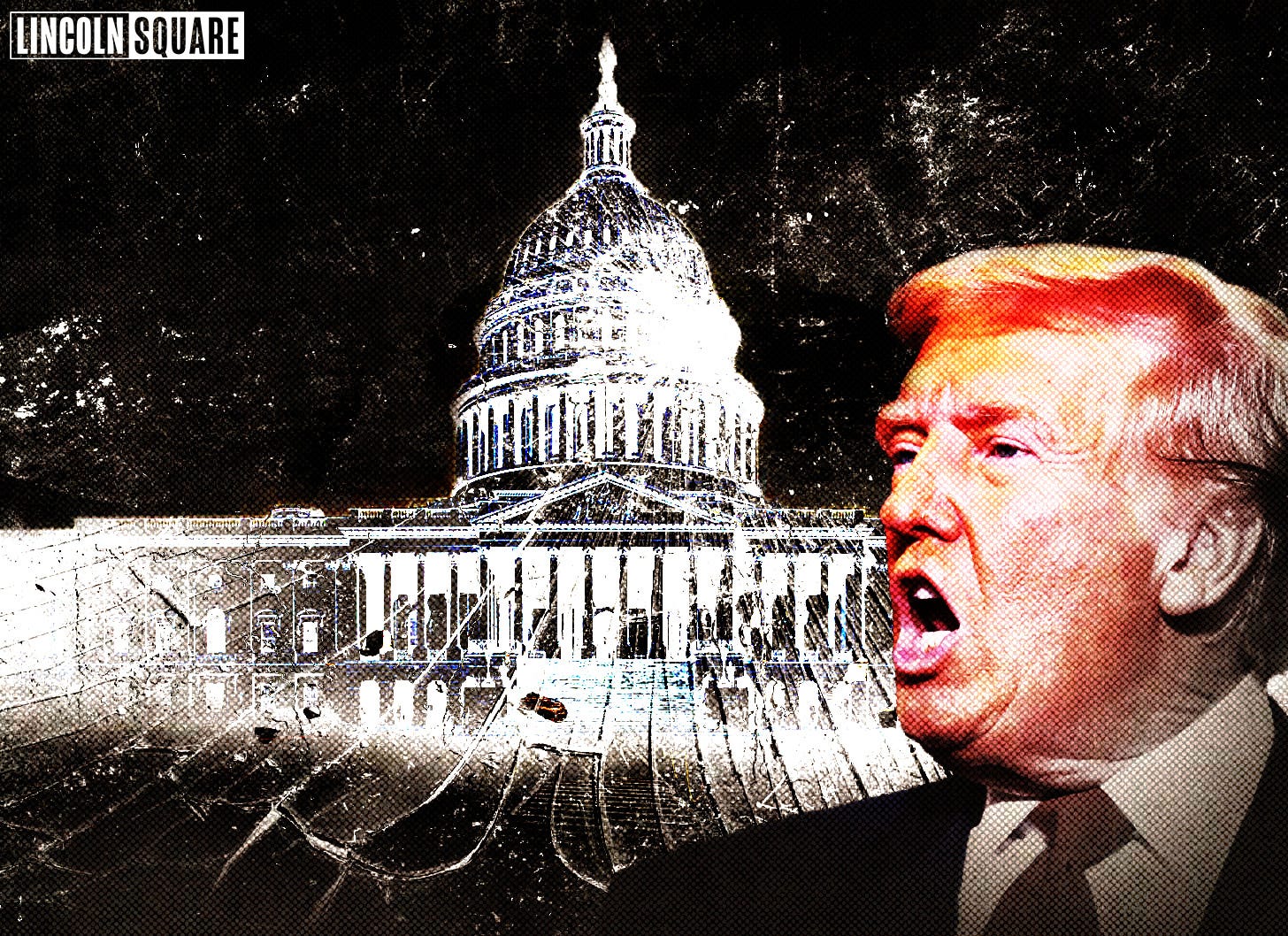The Shutdown Shitshow
As Trump uses the shutdown to settle scores, the public bears the cost.
Government shutdowns are bad. They inflict pain on the economy, on those who rely upon public services, and on those who provide those services. They reduce state capacity.
But only Trump and his budget chief Russ Vought are brave enough to ask: what if shutdowns aren’t painful enough? How can we make things worse? How …




